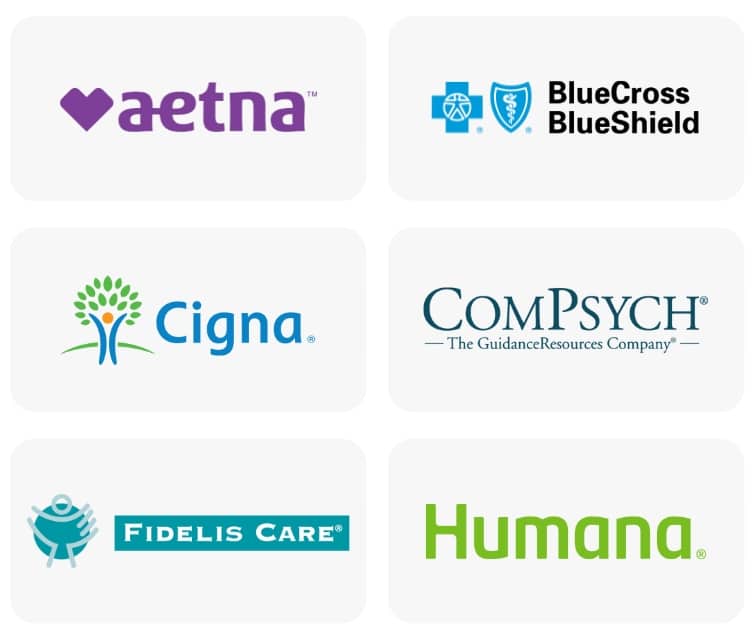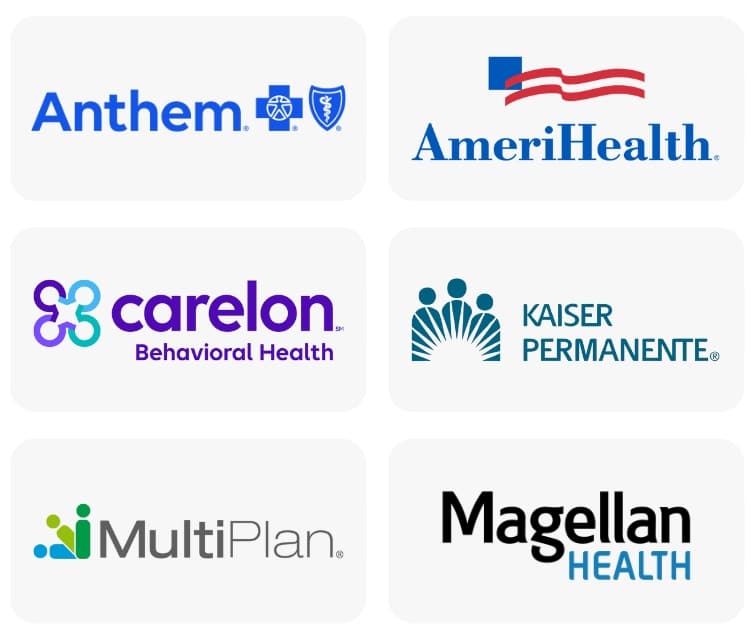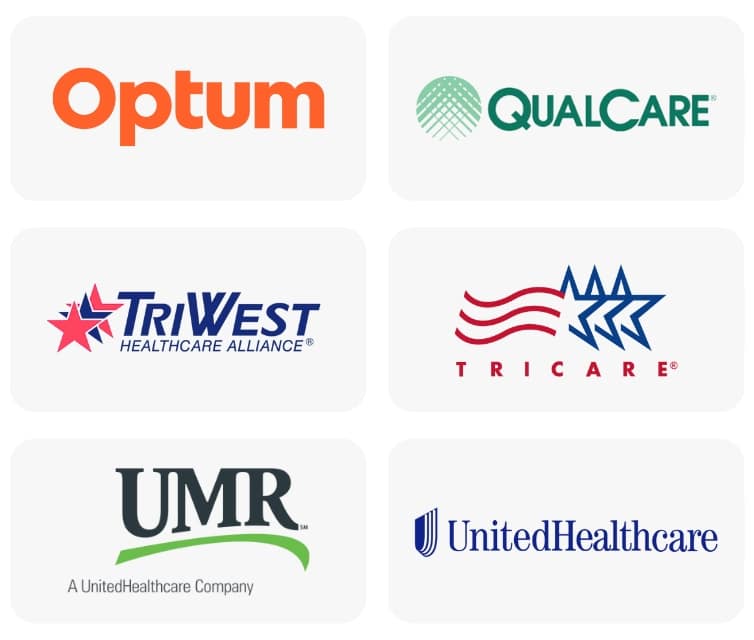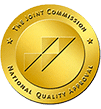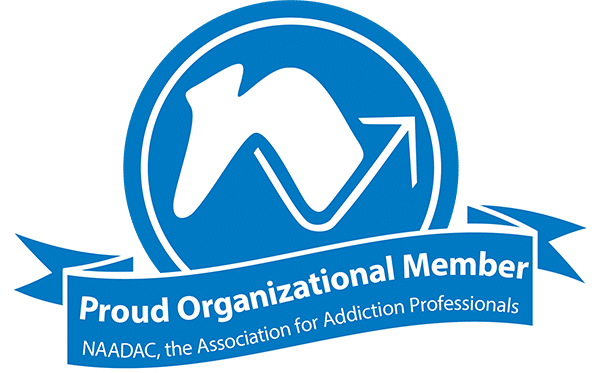Skip To Section
Insurance coverage for drug and alcohol treatment can be tricky to navigate at first. That’s why we’re here to help you understand the ins and outs of your insurance coverage. We believe that your priority should lie in receiving the help you deserve. We’ll sort through your insurance benefits and coverage so you can focus on seeking help.
There are many great benefits within each policy and it’s our goal to get you the highest quality treatment, at the lowest cost. Our dedicated team of addiction specialists will be there for you from the beginning of this process through the end.
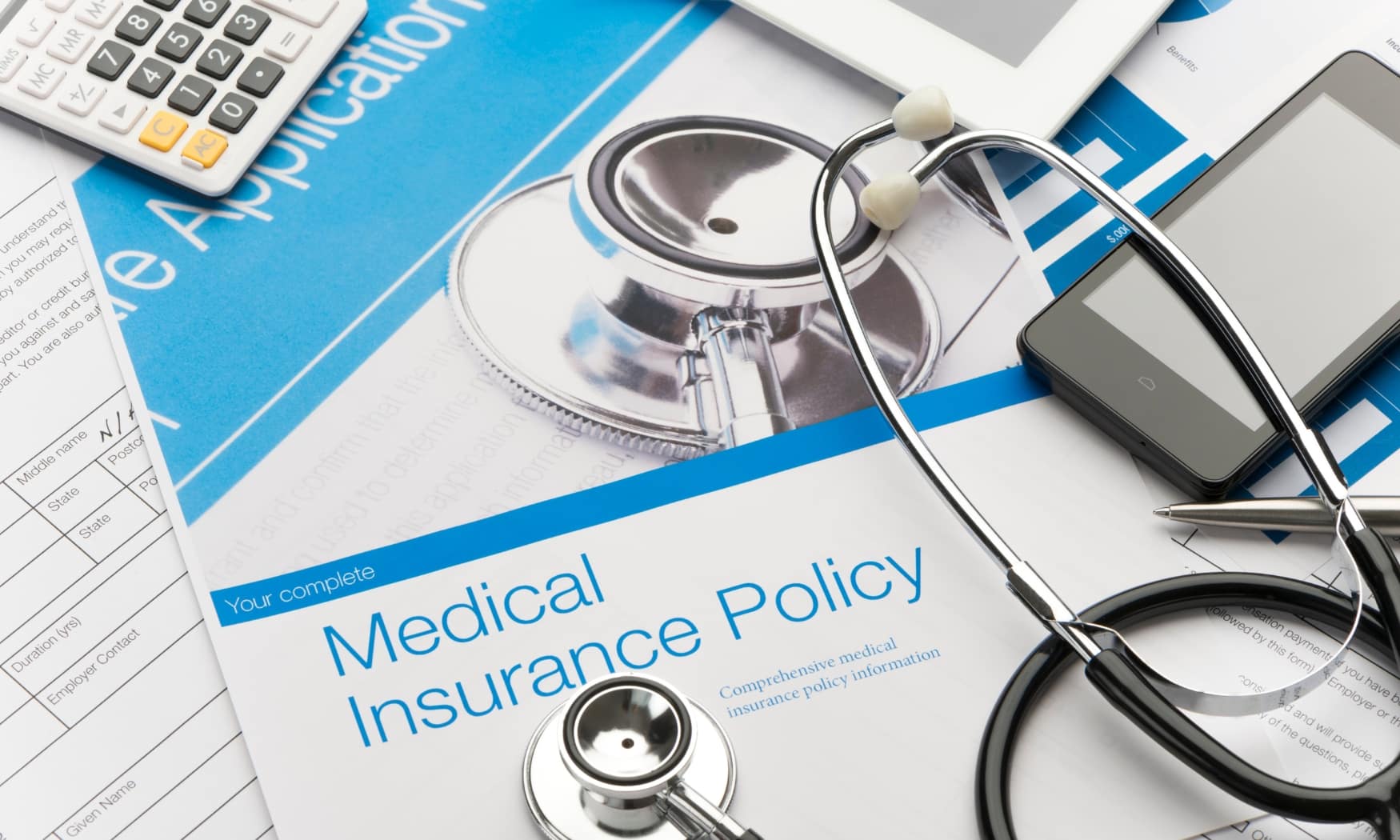
Does My Policy Cover Rehab?
Your policy most likely covers at least some portion of drug and alcohol treatment or mental health disorder treatment. We’ll contact your insurance provider and come back to you with a clear explanation regarding your policy benefits. Our process ensures that you get the most out of your insurance plan.
We’ll verify your coverage, explain your benefits to you and then help you find a program that is tailored to your needs. Kindly see below to get a better understanding of the simple two-step process we go through as we navigate your insurance details.
Medicaid
Medicaid solely provides coverage to low-income individuals, families, children, pregnant women, the elderly and people with disabilities. The exact type of coverage will vary. However, Medicaid emphasizes coverage for mental health treatment services which can make it an excellent help when paying for treatment.
Medicare
Medicare is available to individuals 65 or older and people with disabilities. Medicare is split into four main parts: A (hospital insurance), B (medical insurance), C (Medicare Advantage) and D (prescription drugs).
Private Health Insurance
Private health insurance coverage is different from government insurance programs such as Medicaid and Medicare. While government programs are funded by taxes, private insurance, also known as commercial health insurance, is purchased by individuals, employers, or unions. In general, commercial health insurance offers a wide range of coverage options, including plans for individuals, families, and businesses. These plans vary in terms of cost, coverage levels, deductibles, and out-of-pocket expenses. They also typically include networks of healthcare providers that policyholders must use to receive the maximum benefits.
Tricare
Tricare is the health care program specifically for members of the U.S. military. Tricare offers many benefits regarding treatment for substance use disorder. Tricare generally takes care of medical detox, residential treatment, outpatient prams, and family counseling Through Tricare, detox is covered for up to seven days, residential treatment is covered for up to 21 days, up to 60 outpatient group counseling sessions are covered. They also cover up to 15 outpatient family counseling sessions in your benefit period. Tricare also covers three different substance use disorder treatments for each person.
Taking Care of Treatment Costs
The exact costs for addiction treatment can depend on a lot of factors, such as the level of care you need, as well as your insurance and financial situation. For example, inpatient treatment costs more than outpatient services. After completing an in-depth review of your benefits, we’ll let you know exactly what the treatment costs are.
That’s because inpatient treatment provides a significantly more intensive level of care, as well as accommodation for the patient. No matter the treatment cost, addiction treatment is often well worth it in the long run. Addiction is a costly disease that can result in a major loss of money. Aside from losing money, relationships often suffer as a result of addiction as well. It costs the individual the happy life that they deserve.
How Do We Determine Your Benefits?
Step 1: Reviewing Your Insurance Benefits
We’ll start with a complimentary and thorough review of your insurance benefits. We’ll do a more in-depth receive for substance use and mental health benefits compared to what you may receive from the company’s representatives. Although we’re experienced with reviewing policies from most insurance providers, here are the providers we generally work the most with:
- Aetna
- Beacon Health Options
- Blue Cross Blue Shield
- Cigna
- Health Net
- Humana
- Medical Mutual
- United Healthcare
Step 2: Verifying What Kind of Treatment Your Insurance Covers
Following the review, we’ll report back to you. We’ll make sure to make you aware of your best treatment options. Together, we’ll confirm:
- How much of the expenses your insurance company will cover
- What level of care you’ll be covered for
- The length of time you’ll be covered for inpatient care (30, 60, 90 days, etc.)
- How much you can expect to pay out-of-pocket for a treatment program
"*" indicates required fields
Fill out the form below and one of our admissions team members will reach out to you:
"*" indicates required fields
Insurance Terminology That’s Useful To Know
Premium
An insurance plan premium is a payment you make to your health insurance company that continuously keeps your coverage active.
Out-of-Pocket Maximum
This is the highest number you have to pay for insured services within a plan year. After you spend this amount on deductibles, copayments, and coinsurance, your insurance provider will take care of 100% of the costs of covered benefits.
Policy Effective Date
Your policy begins being effective on this date. This is when you receive access to your benefits.
Deductible
A deductible is an amount that must be paid for covered medical services before your insurance begins paying.
Copayment
A copayment is the amount of money that your health insurance plan requires you to pay to receive a particular medical service. For instance, let’s say you need to pay $1,000 for drug and alcohol treatment at a recovery center. Your health insurance plan may pay half of it and then require a $500 copayment to suffice the rest.
Insurance Coverage for Mental Health Treatment
Dual Diagnosis Treatment for Co-Occurring Disorders
Your insurance provider can help get you covered for drug and alcohol rehabilitation, as well as treatment for mental health disorders. The presence of an addiction and mental health disorder is referred to as co-occurring disorders or a dual-diagnosis. Addiction often has underlying roots that stem from mental illness. Our priority is to treat each individual from the inside out.
We treat mental health disorders that include but are not limited to:
Most insurance providers offer mental and behavioral health benefits, including treatment for the physical addiction itself. This is especially beneficial for individuals who need dual diagnosis treatment, which tends to be most patients. Dual diagnosis treatment includes a combination of evidence-based methods and therapies to treat both the mental health disorder and addiction.
A Comprehensive Treatment Plan for Co-Occurring Disorders and Addiction
A comprehensive treatment plan will address the root causes and symptoms of mental illness. It also addresses how an individual’s life and personal choices contribute to their addictive disorder. Mental health and addiction must both be taken into account when formulating a comprehensive treatment plan. Treatment services for dual diagnosis will offer various types of therapy, as well as medical care and changes in lifestyle. Treatment generally follows this structure:
- Medical detox. Withdrawal symptoms are a major side effect during the detoxification process. They’re a result of your body and mind adjusting to no longer using s substance. They are not only difficult to manage alone, but they can also have fatal consequences. It is crucial to undergo a medical detox under careful supervision.
- Assessment. A full psychological assessment ensures that the diagnosis of each recovering individual is thorough and accurate.
- Treatment. Each treatment plan will be tailored to the patient. Treatment includes evidence-based therapies and methods such as cognitive behavioral therapy and group therapy.
- Aftercare. An aftercare program holds the goal of preventing relapse and promoting a positive mental health state following treatment.
Types of Treatment For Drug and Alcohol Addiction
Inpatient Treatment
Inpatient treatment is the highest level of care offered at our recovery center. In this type of program, patients will live at the recovery center and take part in structured daily treatment. Inpatient treatment provides addiction recovery services in a trigger-free environment with a supportive community. These services include around-the-clock medical care and support. Each individual will also receive full access to amenities of the treatment center. Inpatient treatment is ideal for those struggling with moderate to severe addictions, or those that have unstable home environments.
Outpatient Treatment
Outpatient treatment is the most flexible type of treatment. There are standard programs, intensive outpatient programs, and partial hospitalization programs. All three of these are branches of outpatient rehabilitation. Recovering individuals will travel to the recovery center regularly during specific days of the week.
Outpatient treatment is ideal for those with serious obligations outside of treatment, such as taking care of a child or attending school. In other cases, outpatient care is also used as a step-down method after completing more intensive treatment. Outpatient treatment incorporates the use of evidence-based therapies and counseling services. Each treatment plan will be unique so the exact combination of therapies will vary from person to person.
Partial Hospitalization Programs (PHPs)
Partial hospitalization is a step down from inpatient treatment, but more intensive than outpatient rehabilitation. PHPs can be ideal if the recovering individual does not require 24/7 care. Following scheduled treatment sessions, the patient will be able to return home.
Intensive Outpatient Programs (IOPs)
An intensive outpatient program (IOP) consists of weekly scheduled sessions at the recovery center. It’s a great middle-ground for those who have responsibilities outside of treatment, yet still, require treatment. An IOP has a lot of benefits ranging from flexibility to a structured program for addiction.
What’s the difference between PHPs and IOPs?
Partial hospitalization is a more intensive level of care as compared to an IOP. Kindly see below for the main differences between the two.
Partial Hospitalization Program (PHP)
- Full-time
- 5 days per week
- 6 to 8 hours per day
Intensive Outpatient Program (IOP)
- Part-time (day or evening)
- 3+ days per week
- 10 to 15 hours per week
Length of Stay
The length of stay for addiction treatment varies on a case-by-case basis. Treating addiction requires long-term effort and commitment, even after treatment is completed. The length of stay is dependent upon factors such as the severity of addiction and the rate at which progress is being made.
For individuals with severe substance use disorders along with a co-occurring disorder, inpatient treatment will most likely be necessary. Specifically, inpatient treatment generally lasts anywhere from 28 to 90 days. Following initial treatment, an aftercare plan will also be put in place to prevent relapse. As stated by the National Survey on Drug Use and Health, 21.7 million people aged 12 or older needed addiction treatment in 2015, yet just 2.3 million went to rehab.
Why Rehabilitation is Crucial
Rehabilitation gives individuals struggling with addiction the opportunity to not only recover but grow their struggles as well. Rehabilitation programs offer a structured program that provides treatment for physical, mental and emotional concerns. Our goal is to help you discover the joy and fulfillment that long-term sobriety brings.
Another great advantage when it comes to rehabilitation is the access to a wide range of treatment services. We believe in treating each recovering individual as a whole by integrating the body and mind. In a trigger-free environment, you’ll be able to focus solely on your recovery and regaining control of your life.
Benefits of Joining Footprints Recovery for Treatment
Footprints to Recovery offers a wide range of drug and alcohol treatment resources. From medical care to comfortable amenities, our recovery center will make sure you have a high quality stay with us.
Some of the many benefits of our treatment services include:
- Gender-specific wellness groups
- Psychological services
- Expressive Therapy (Yoga, Taichi, Art, Music, Comedy)
- Skills training
- Diet and nutrition services
- Spiritual support
- Expressive groups, including movement, art, and music
- Experiential therapy
- EMDR (eye movement desensitization and reprocessing), which is a specialized trauma-based therapy
- Family education and support
- Ecotherapy, which includes building a garden
- MAT and the administration of Vivitrol/naltrexone on site
Footprints to Recovery Is Waiting for Your Call
At Footprints Recovery, we’re here to guide you throughout the entire addiction recovery process. We believe that each member of our recovery center deserves a personalized approach, with their needs being put first.
No matter how lost you or a loved one may feel, it is possible to get better. Don’t let insurance or financial concerns stop you from receiving help! We’ll help you navigate all the ins and outs of insurance so you can focus on getting better.
Drug and alcohol addiction can be conquered if you take that first step in the right direction by seeking help. If you have any questions, comments, or concerns, please don’t hesitate to find a treatment location near you and reach out to us. We’re waiting for your call!
- Health Insurance Glossary | Census.gov
- America’s Need for and Receipt of Substance Use Treatment in 2015 | SAMHSA
- Need for and Receipt of Substance Use Disorder Treatment Among Adults, by Gender, in the United States | 2021 | SagePub
- Trends in Treatment Need and Receipt for Substance Use Disorders in the US | 2024 | Health Policy | JAMA Network
Our admissions team is available 24/7 to listen to your story and help you get started with the next steps.
